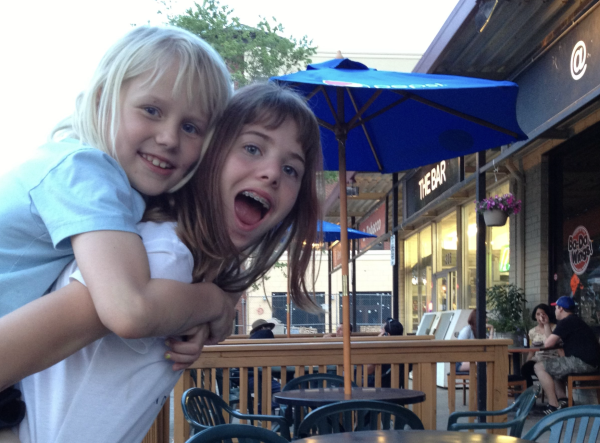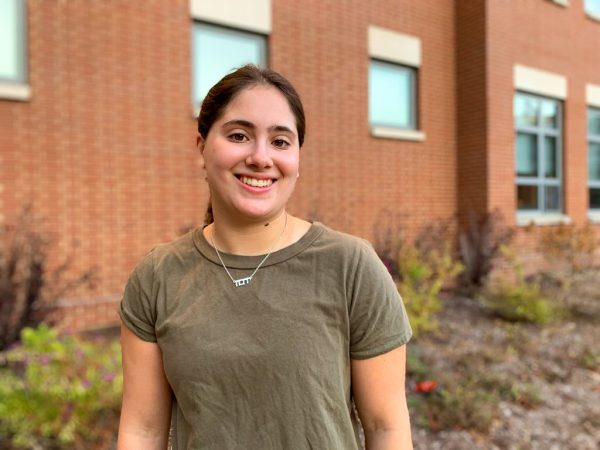From the Editor
Justin Guilak, Chief Digital Editor
Just before winter break, we watched a documentary in economics class.
Robert Reich, former U.S. Labor Secretary from the Clinton administration, told viewers the story of one of America’s biggest problems–the class gap.
Through his lectures as a U.C. Berkeley professor, Reich explained the history of inequality in the United States and the nation’s current situation. In the past decade or so, he revealed, we reached an all-time high for inequality since 1928 — in 2007, the top 1 percent took home over 20 percent of all national income.
I am sure most people have also seen the graph showing the wealth distribution across each decile, showing an incredibly large spike in wealth for the top 10 percent and an even larger one for the top 1 percent. As an economics class, we obviously focused a little more on these sorts of big-picture explanations of inequality and looked into the structural policies that cause it. Seeing all that information told me that economic inequality is a big problem in the United States–but not much else. I don’t think I could know, from that data, what that level of inequality really means. They’re just numbers. I find it much harder to wrap my head around the severity and consequences of the issue just from seeing the graphs, and I am sure many others do too.
What struck me was someone’s story.
A woman and her family were interviewed in the documentary because they were struggling financially, and what she said truly expressed the severity of modern economic inequality.
She and her husband had owned a condo for a few years and been in a stable financial situation, but he lost his job in the 2007 crash. Soon after, they were forced to move into a friend’s house, where they two of them were trying to raise a family but struggling to handle all the costs. This woman had to consider making her young daughter walk home from school alone because the cost of daycare was too high for the family to keep paying. She had no way of communicating with her husband during the day because he did not have a phone. Getting food on the table and paying bills was a new challenge every day. Whether or not the tank of gas was full, she suggested, could change how much groceries she could bring home.
“I mean, it’s Wednesday. I’ll survive today,” she said.
The fact that someone employed might need to have this mindset–might need to question on a daily basis how much food they could bring home to their family–completely shocked me. Maybe this is old news to everyone and I have just been ignorant about this issue most of my life, but I am willing to bet it’s not.
Most students at Clayton, including me, grow up on a throne of economic privilege, with parents who will give almost anything to ensure their children have successful lives. The fact that they pay taxes for us to go to one of the top 15 school districts in the country goes to prove that. Right next door, too, WashU has the most economically unequal student body in the country, with three times more students from the top 1 percent than from the bottom 60 percent. As a result of this general wealth, I think, we collectively become obsessed with our own, upper-class lives and therefore shielded from the disparities in the country.
I am certainly not trying to attack anyone for having a large amount of wealth, nor am I asking people to give away their own money to solve the nation’s inequality.
I just believe that there is a level of ignorance towards the perspectives of others.
It would do us all good to make an effort to regularly consider the reality of other people’s situations and expose ourselves to stories of inequality. That could effect a small change in mindset, and a bunch of small shifts can make a difference in the world.
So, to the Clayton students walking around campus with their MacBook Pro’s and brand-new car keys, I suggest you try to hear the stories of people on the other side of the gap.
Take off your AirPods and see what “broke” really smells like.
A $50 or more donation includes a subscription to the Clayton High School Globe 2024-2025 print news magazine.
We will mail a copy of our issues to the recipients of your choice.
Your donation helps preserve the tangible experience of print journalism, ensuring that student voices reach our community and that student democracy thrives.

Justin Guilak is a senior at CHS and has been on the Globe since his sophomore year. He is also a captain of the Cross Country team, Ultimate Frisbee Club, and Quizbowl team, as...

Michael Melinger is a Senior at Clayton High School. This is his fourth year on the Globe. He currently serves as the Chief Multimedia Editor for the Globe. This is his third...







